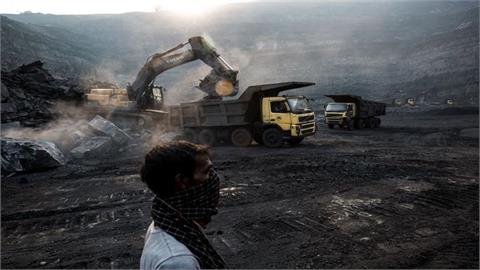South Korea’s nuclear fleet generated 139 terawatt-hours (TWh) of electricity in 2019, making the country the fifth-largest nuclear power producer in the world, the US Energy Information Administration (EIA) said in a statement Thursday.
The electricity generated from nuclear power accounted for 26% of South Korea’s total electricity generation in 2019, the EIA said.
With a fleet of 24 operating nuclear reactor units of 23.2 gigawatts (GW) capacity at four nuclear power complexes as of August 2020, South Korea has the highest density of nuclear reactors in the world.
South Korea's energy policy is based on energy stability concerns and a desire to reduce reliance on imported fossil fuels. In the 1970s, South Korea began developing its nuclear power program to reduce external exposure to future global fossil fuel shortages.
In 2018, 98% of the primary fuel used for electricity generation came from coal and liquefied natural gas (LNG) imports. South Korea is not served by any foreign natural gas pipelines and relies solely on LNG tanker shipments for electric power plants operating on natural gas.
The country has set a goal to reduce greenhouse gas emissions of 850.6 million tons by 37% as part of its 2030 emissions forecast based on business-as-usual rates.
Since nuclear power plants harness the cycle of atomic fission heat for generating steam electricity and produce virtually no carbon dioxide (CO2) emissions during activity, nuclear power plays an important role in reducing CO2 emissions.
However, South Korea proposed a gradual nuclear phase-out program in response to safety concerns following Japan's 2011 nuclear disaster in Fukushima Daiichi. It plans to slash the number of nuclear reactors to 14 by 2038.
(Anadolu Agency, August 28, 2020)



